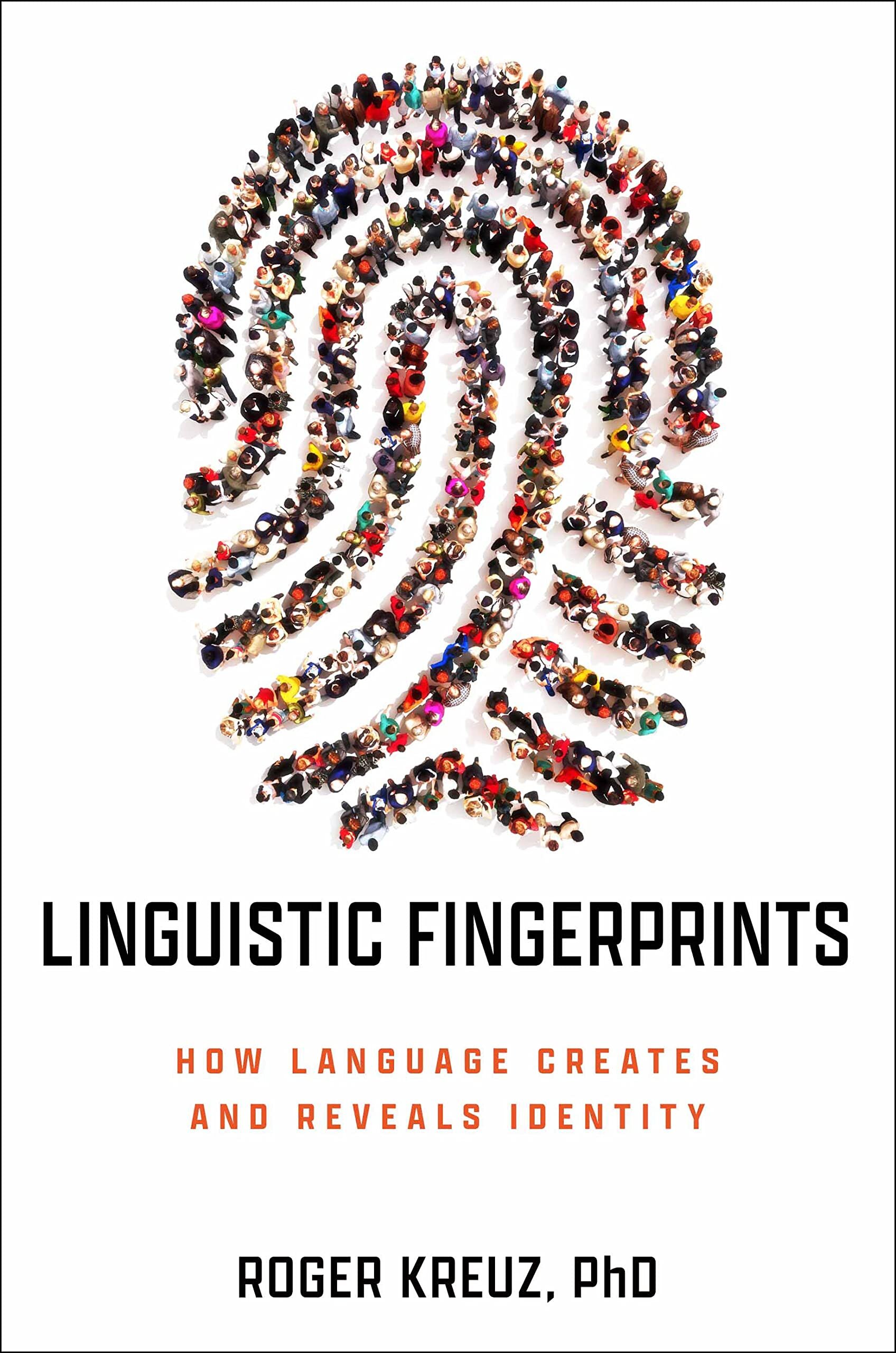Can one’s language usage be as distinctive as their fingerprints? In my upcoming book, “Linguistic Fingerprints: How Language Generates and Reveals Identity,” I delve into this concept by examining the case of Theodore Kaczynski, also known as the Unabomber. Kaczynski, a former math prodigy and professor at the University of California, Berkeley, retreated from society and launched a crusade against modern civilization. Operating from a remote cabin in Montana, he sent numerous explosive packages through the mail and even planted some. Between 1978 and 1995, his bombings claimed three lives and left nearly two dozen individuals severely injured. These heinous acts prompted the most extensive and costly criminal investigation in U.S. history. Law enforcement faced limited leads, with only a few letters and fragmented notes surviving the bombings. Clues lie in spellings and word choices In 1995, a breakthrough occurred when the Unabomber proposed halting his attacks if a newspaper published his manifesto, which criticized the ills of contemporary society. Controversially, The Washington Post agreed to publish it, convinced that someone might recognize the writer based on their unique writing style found in the 35,000-word essay. FBI forensic linguist James Fitzgerald and sociolinguist Roger Shuy were able to extract several clues about the Unabomber’s identity by analyzing the manifesto and his other writings. For instance, Kaczynski employed unconventional misspellings like “wilfully” instead of “willfully” and “clew” instead of “clue.” Shuy identified these as spelling reforms advocated by The Chicago Tribune in the 1940s and 1950s, despite their lack of widespread adoption. The bomber’s use of these spellings suggested he may have spent his formative years in or near Chicago. Fitzgerald recognized that terms like “broad,” “chick,” and “negro” used in the manifesto aligned with the vocabulary commonly employed by middle-aged individuals in that era. Moreover, the Unabomber referred to “rearing children” rather than “raising children,” a phrase characteristic of the Northern U.S. dialect, which would be consistent with someone who grew up in or near the Windy City. The manifesto also featured relatively obscure terms such as “anomic” and “chimerical,” indicating a high level of education for the author. A brother’s intuition Ultimately, it was the decision to publish the manifesto that proved decisive. Linda Patrik, a resident of Schenectady, New York, stumbled upon the essay and shared it with her husband, David Kaczynski. She wondered if it sounded like something his estranged brother, Ted, could have written. David initially harbored doubts but soon noticed that the essay contained distinctive expressions, such as “cool-headed logicians,” that he distinctly remembered his brother using. Acting on his suspicions, David alerted the FBI, highlighting that his brother had been born in Chicago in 1942. A search of Kaczynski’s cabin subsequently uncovered explosive devices and the original manuscript of the manifesto. Kaczynski pleaded guilty in 1998 and remained incarcerated until his death at the age of 81. Unmasking authors The Unabomber case rightfully stands as a triumph for forensic linguistics, but the analysis of prose and punctuation has yielded other notable successes. Surprisingly, even seemingly trivial elements like unique punctuation can offer valuable insights into a suspect’s identity. This was demonstrated in 2018 when a forensic linguist connected a murder to a British man based on his distinctive placement of commas and spacing in text messages. Language experts have also employed similar techniques to unveil the authors behind certain works. For example, in 1996, “Primary Colors,” a novel revolving around Bill Clinton’s presidential campaign, was published anonymously. However, English professor Donald Foster identified Newsweek columnist Joe Klein as the author by comparing the text of “Primary Colors” to Klein’s other published works, noting similarities in the use of uncommon adverbs (“goofily”), describing states as modes (“crisis mode”), and extended interjections (“naww”). Likewise, in 2013, J.K. Rowling was revealed as the true author behind “The Cuckoo’s Calling,” a crime novel published under the pseudonym Robert Galbraith. Computer scientist Patrick Juola and philosopher Peter Millican independently identified Rowling as the closest match to the book’s unique patterns in word length distribution and common word usage, which they analyzed using computer programs. The fallacy of infallibility While these techniques may seem almost magical when successful, they are not infallible. The New York Times published an op-ed in 2018 by an anonymous “resister” within the Trump administration. However, the op-ed was too brief for linguistic analysis. Even after the same individual published a full-length book entitled “A Warning,” their identity remained elusive. Ultimately, the author, Miles Taylor, revealed himself as the former chief of staff in the Department of Homeland Security. Yet, since Taylor had no prior published works, there was no existing text to compare “A Warning” to for identification purposes. Similarly, the true identity of Elena Ferrante, the pseudonymous Italian novelist behind bestselling works like “My Brilliant Friend,” remains a subject of ongoing debate among scholars. Regardless, technological advancements have made it increasingly challenging for individuals leaving a written trace to conceal their identities. The age-old advice to refrain from putting anything in writing still holds true today. Provided by The Conversation This article is republished from The Conversation under a Creative Commons license. Read the original article: https://phys.org/news/2023-06-unabomber-unique-linguistic-fingerprints-capture.html Citation: How the Unabomber’s Unique Linguistic Fingerprints Led to His Capture (2023, June 16) Retrieved June 17, 2023, from https://phys.org/news/2023-06-unabomber-unique-linguistic-fingerprints-capture.html This document is subject to copyright. Apart from any fair dealing for the purpose of private study or research, no part may be reproduced without the written permission. The content is provided for informational purposes only.
Denial of responsibility! SamacharCentrl is an automatic aggregator of Global media. In each content, the hyperlink to the primary source is specified. All trademarks belong to their rightful owners, and all materials to their authors. For any complaint, please reach us at – [email protected]. We will take necessary action within 24 hours.

Shambhu Kumar is a science communicator, making complex scientific topics accessible to all. His articles explore breakthroughs in various scientific disciplines, from space exploration to cutting-edge research.


